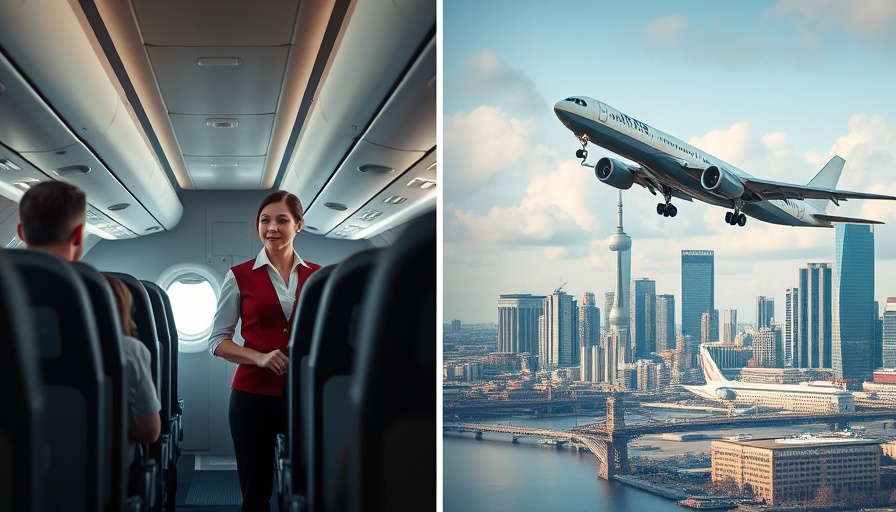
SEPTA's Pioneering Move: Designated Stroller Areas for Families
In a significant upgrade to family-friendly transit, the Southeastern Pennsylvania Transportation Authority (SEPTA) has announced the addition of designated stroller areas on selected bus routes across Philadelphia. This initiative, effective by the end of April 2025, highlights SEPTA's commitment to accommodating families and enhancing the user experience for parents traveling with young children.
Understanding the New Stroller Policy
Beginning March 2025, designated stroller spots will be installed on a total of 120 buses serving routes 23, 25, 32, 49, 58, and 84. Each designated area will be identified by clear signage inside the buses and a special decal on the bus exterior. This development is integral to SEPTA’s broader Micromobility Playbook, which aims at integrating various modes of transport to facilitate ease of use and access across its transit network.
Benefits to Families and Transit Users
SEPTA's innovative approach goes beyond simply providing space; it seeks to ensure safety and comfort for families while traveling. In a press release, Scott A. Sauer, SEPTA's Interim General Manager, acknowledged the challenges families face with inadequate space onboard and emphasized the importance of gathering input from both parents and operators. The new stroller spots will enhance the travel experience by providing a secure area for strollers while maintaining necessary accessibility for all passengers.
Reflecting on Policy Changes in Transportation
This initiative also resonates with broader trends in transportation where agencies are increasingly recognizing the need for inclusive and adaptive solutions. As policy makers navigate challenges linked to public transport, accommodating families aligns with widespread efforts to promote family-friendly policies in urban planning. Transit systems across the United States are gradually evolving to meet diverse needs, drawing from successful implementations like SEPTA’s to improve service delivery.
The Future of Transit Accessibility
Predicting future trends in transit, we can expect a more substantial shift toward accommodating diverse passenger needs. As observed in recent legislative discussions surrounding public transportation and urban infrastructure, there's a rising emphasis on creating environments that welcome all riders, especially families with children. This includes future enhancements such as improved station facilities and expanded access to micromobility options.
Actionable Insights from SEPTA’s Initiative
Understanding how to navigate new policies can yield practical benefits for families. For those planning to use the new stroller areas, it’s essential to be aware of guidelines such as ensuring strollers do not exceed the maximum size of 26 inches wide and 36 inches long. Parents are encouraged to secure their children within the stroller, engage brakes, and keep pathways clear to facilitate smoother boarding and exiting.
Communicating with Transit Authorities
SEPTA encourages user feedback on this initiative, offering parents a platform to voice their experiences and suggestions. Engaging with transit authorities can help refine policies, ensuring they remain user-centric and effective. As SEPTA moves closer to full implementation of this program, it is crucial for families to articulate their needs clearly, advocating for continued improvements in transit accessibility.
Conclusion: A Positive Step Towards Inclusivity
The introduction of designated stroller areas by SEPTA marks a pivotal step toward creating a more inclusive transit environment for families. By actively listening to customer feedback and adapting their infrastructure, SEPTA is laying down a roadmap for similar initiatives nationwide. These changes not only reflect a commitment to family-oriented policies but also highlight the agency’s strategic focus on improving overall rider satisfaction.
As the framework for public transit evolves, it becomes essential for all stakeholders to engage actively in these conversations, ensuring that the transit ecosystem addresses the diverse needs of its communities.
 Add Row
Add Row  Add
Add 




Write A Comment